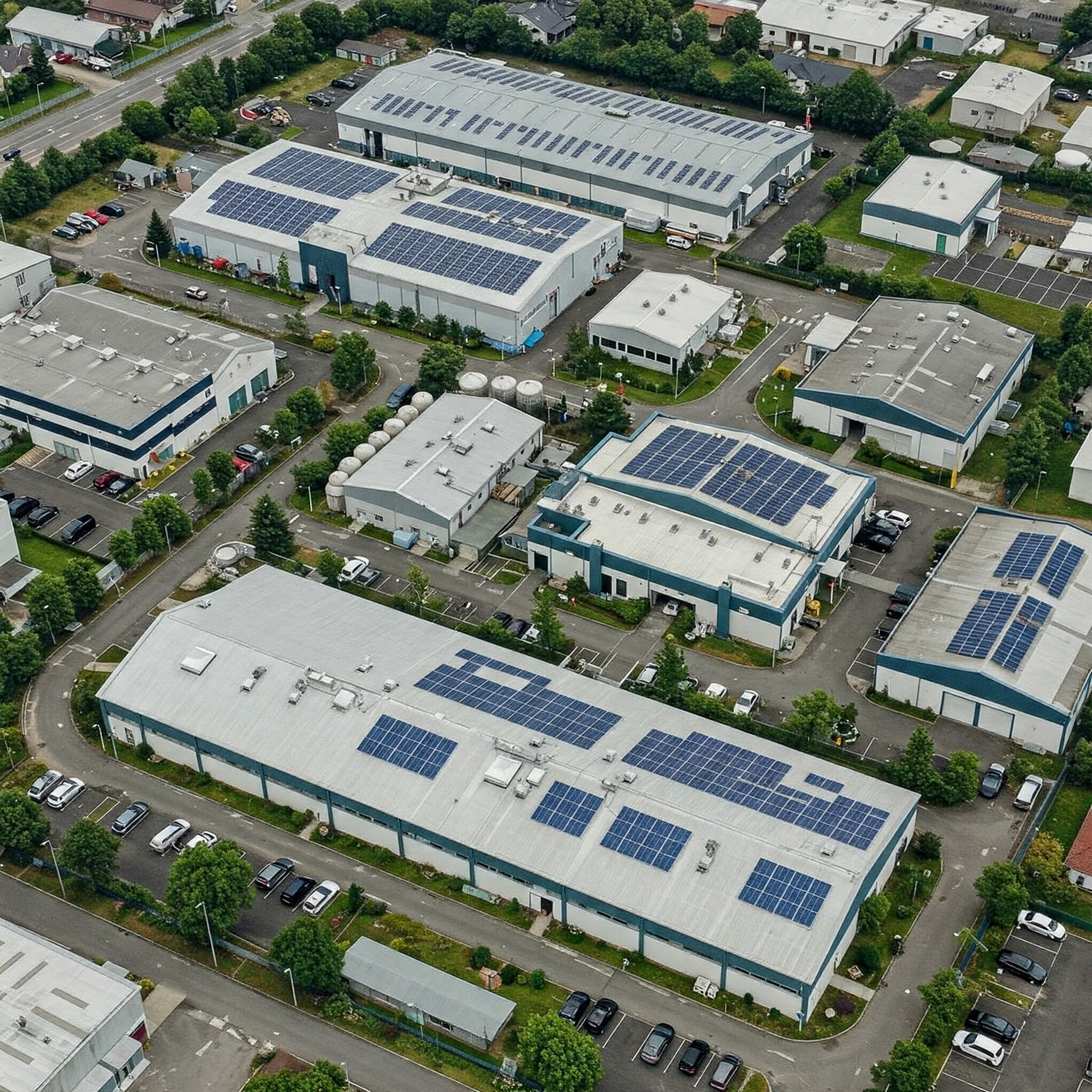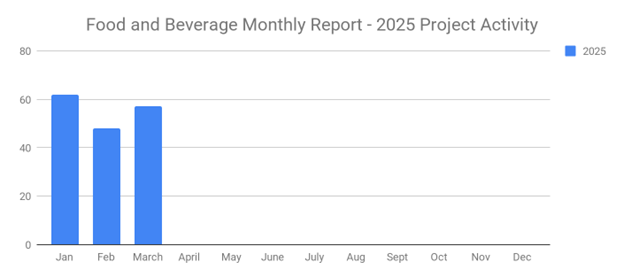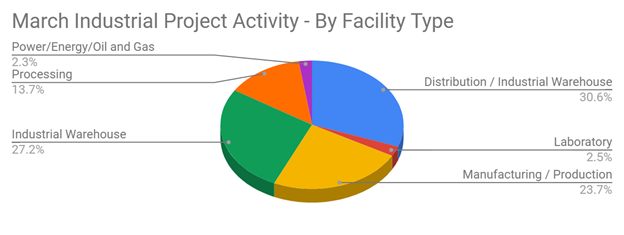
Many HVAC companies make the mistake of using a linear sales approach that focuses specifically on driving sales. While sales are undoubtedly important, other metrics significantly affect the performance and success of an HVAC company. By tracking the right sales metrics, you can gain a deeper understanding of your sales strategy's effectiveness and discover new ways to optimize and improve your sales efforts. Here are the key HVAC sales metrics you should consider monitoring.
Key HVAC Sales Metrics to Track
1. Lead Velocity Rate (LVR): Lead Velocity Rate (LVR) measures the growth or contraction of your lead generation efforts over a specific period, typically monthly. For instance, if you secure 100 leads in January and 130 leads in February, your company's LVR for February is 30%. A positive LVR indicates that your company is generating more leads than in previous months, while a negative LVR suggests a decline. Focus on increasing your LVR to fill the top of your sales funnel with high-quality leads. Regularly analyze your LVR to identify trends and make data-driven decisions to enhance your lead generation strategies.
2. Lead Response Time: Lead response time refers to the average time it takes your sales team to reach out to a lead after acquiring their contact information. Ideally, sales reps should contact leads immediately, but this doesn't always happen. A study cited by Vendesta found that fewer than one in 10 companies have an average lead response time of five minutes or less. Reducing your lead response time can significantly improve your chances of converting leads into customers. Implement automated systems and streamlined processes to ensure prompt follow-up and enhance customer engagement.
3. Closing Rate: Closing rate, or conversion rate, refers to the percentage of leads or prospects to whom you pitch your product or service that actually make a purchase. For example, if you pitch to 500 leads and 100 of them buy, your closing rate is 20%. This metric is crucial for assessing the effectiveness of your sales strategy and identifying areas for improvement. Regularly review your closing rate to understand how well your sales team converts leads into customers. Provide ongoing training and support to enhance their selling skills and close more deals.
4. Customer Acquisition Cost (CAC): Customer Acquisition Cost (CAC) refers to the average cost your company incurs to acquire a customer. Direct costs include marketing and advertising, while indirect costs include sales reps' time and operational expenses. By maintaining a low CAC, your company will generate higher profits and achieve greater success. Analyze your CAC regularly to identify cost-saving opportunities and optimize your marketing and sales efforts. Implement efficient lead generation strategies and leverage cost-effective marketing channels to reduce your CAC.
5. Lifetime Value of Customer (LTV): Lifetime Value (LTV) refers to the average amount of money a customer spends with your company over their professional relationship. Some customers may only make a single purchase, while others may return for multiple purchases. Tracking LTV helps you understand the long-term value of your customer base and make informed decisions about customer retention and marketing strategies. Develop personalized marketing campaigns and loyalty programs to increase LTV and encourage repeat business.
A really great and effective way of reducing your cost of sale is to subscribe to SalesLeads. Our service automatically finds projects within manufacturing, large facilities, warehouses that are growing, expanding, adding on space or renovating their facilities. Now that these have been identified, bringing these opportunities into your sales funnel is quicker as you are speaking to the right project person. One way to evaluate if this is a good service for you is to try it.
6. Lead Acquisition Cost: Lead acquisition cost is a key performance metric (KPI) that reflects the average cost of securing a lead. It's similar to CAC but focuses on leads instead of customers. Regardless of which channels your company uses, it will likely incur costs when acquiring leads. Track this metric to ensure your lead generation strategies are cost-effective and contribute to overall profitability. Evaluate the performance of different lead acquisition channels and allocate resources to the most effective ones.
7. Time Per Sale: Time per sale measures the average time it takes to generate a sale. A shorter time per sale means more sales overall, so focus on speeding up your sales processes. Analyze your sales cycle to identify bottlenecks and areas for improvement. Implement efficient workflows and provide your sales team with the tools and resources they need to close deals faster. Reducing time per sale can increase your sales volume and enhance customer satisfaction.
8. Qualified Lead Rate: Qualified lead rate is the percentage of leads that have been vetted for quality purposes. High-quality leads are more likely to convert into customers, so ensure your lead qualification process is robust. Develop criteria for qualifying leads based on factors such as budget, level of interest, and decision-making authority. Implement a lead scoring system to prioritize high-quality leads and allocate resources accordingly. Regularly review and refine your qualification criteria to ensure they align with your business goals.
9. Use a Lead Service: Using a specialized lead service like SalesLeads can help fill your sales funnel with high-quality leads. Our service automatically identifies projects within manufacturing, large facilities, and warehouses, bringing these opportunities into your sales funnel more quickly. With targeted lead generation, your sales team can focus on engaging with the right prospects, improving conversion rates and sales efficiency. Evaluate the performance of lead services regularly to ensure they provide a positive return on investment.
Conclusion: By tracking these essential metrics, HVAC companies can optimize their sales strategies, reduce costs, and achieve greater success in the competitive market. Understanding and leveraging data-driven insights will enable your company to make informed decisions, enhance customer engagement, and drive growth. Stay proactive in monitoring your sales performance, continuously refine your approach, and invest in tools and technologies that support your sales efforts. With the right metrics and strategies in place, your HVAC company can achieve long-term success and profitability.
Get more leads with our industrial identified projects.
What to learn more? Get in Touch
Latest Posts
-

Expanding Your Footprint Using Industrial Business Development
-

183 New Distribution and Supply Chain Planned Industrial Projects in March with Space X Leading the Way
-

March 2025 Produced 57 New Food and Beverage Industry Planned Projects with Activity in Ohio, Pennsylvania and South Dakota
-

Planned Industrial Construction Projects Jumped 3% in March 2025

